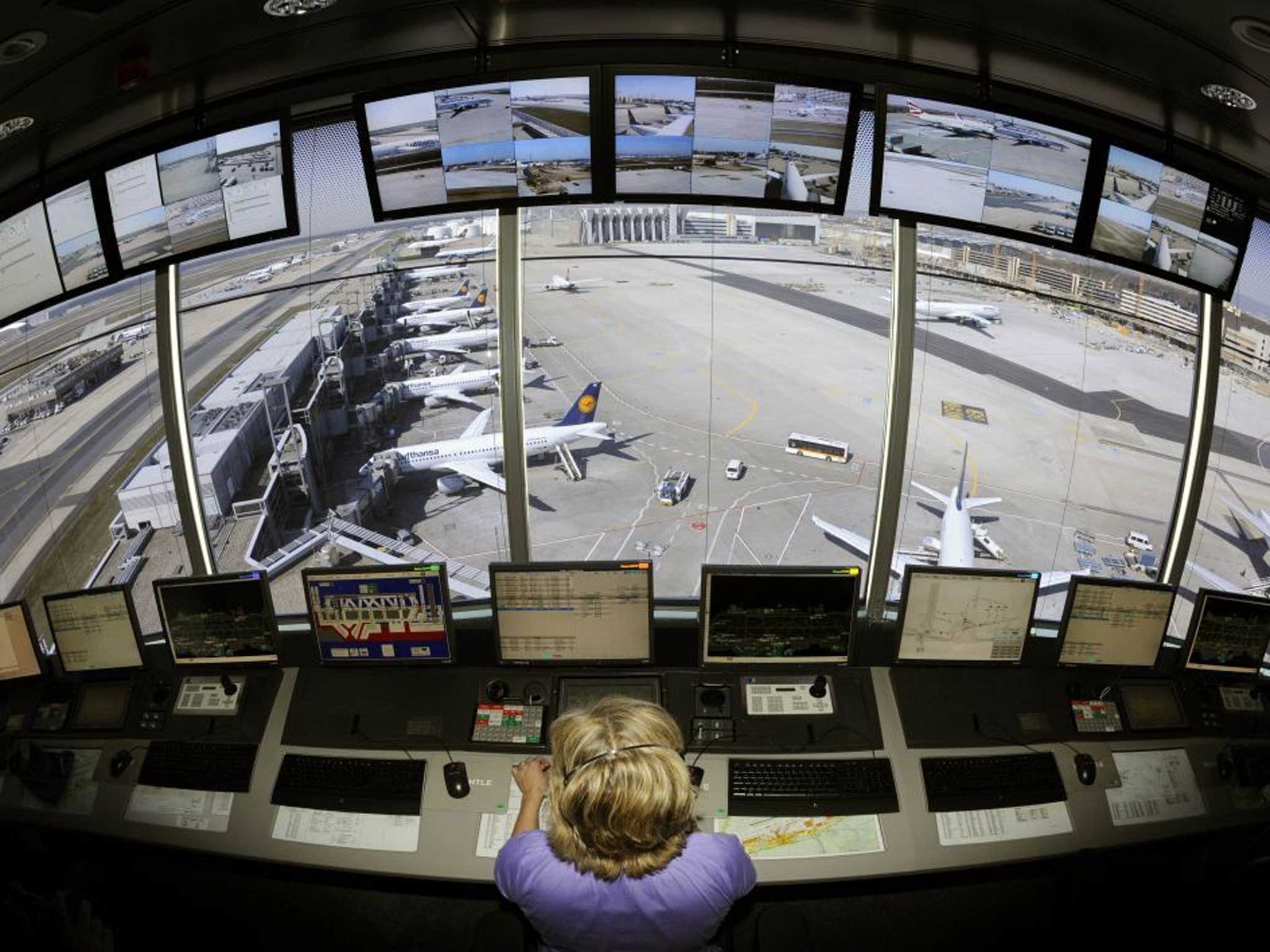Missing Malaysia Airlines Flight MH370 Q&A: How could something just disappear?
Ian Johnston explains some of the technology involved in modern aviation, and why it may be far from infallible

Your support helps us to tell the story
From reproductive rights to climate change to Big Tech, The Independent is on the ground when the story is developing. Whether it's investigating the financials of Elon Musk's pro-Trump PAC or producing our latest documentary, 'The A Word', which shines a light on the American women fighting for reproductive rights, we know how important it is to parse out the facts from the messaging.
At such a critical moment in US history, we need reporters on the ground. Your donation allows us to keep sending journalists to speak to both sides of the story.
The Independent is trusted by Americans across the entire political spectrum. And unlike many other quality news outlets, we choose not to lock Americans out of our reporting and analysis with paywalls. We believe quality journalism should be available to everyone, paid for by those who can afford it.
Your support makes all the difference.Why doesn't air-traffic control cover the entire globe?
Air controllers generally use so-called "secondary radar". This sends a signal to a plane's transponder, which then replies with a "squawk" that identifies the flight and shows its position. However radar is limited by line of sight -a plane behind a mountain would not receive the outgoing signal - so it is affected by the curvature of the Earth. Radar signals are also dispersed by the atmosphere, so they get weaker as the target gets further away. Eventually the signal is lost. However there are plans to introduce satellite flight-tracking, similar to Global Position Signals or GPS, covering most of the Earth by 2020.
What about other kinds of radar?
"Primary" radar, which is used mostly by the military, is basically the same as the original 1930s invention. It sends out a signal, which reflects off objects - metal works particularly well - and bounces back. Planes and other objects can therefore be tracked whether they want to be or not. However, it has the same limits of line of sight and atmosphere. The curvature of the Earth means an aircraft would have to be at more than 30,000ft to be picked up 250 miles away, but radar signals tend to get patchy at distances of 100-150 miles.
Why do planes travel along 'corridors' or 'airways'?
'Airways' are suggested routes given to planes by air-traffic control. They might be about 10 nautical miles wide and with an altitude range within which the plane should stay. They are designed as navigational aids and pilots can deviate from their airway with permission from air-traffic control. "Corridors" are defined flight paths set up by governments and military authorities to restrict flights for a particular reason - flights during the West Berlin airlift were restricted by the Soviet bloc in this way.
How much space does a plane of the 777 size require to land?
It depends how heavy it is. A 777 that was almost empty of fuel would need a mile or so, less than half the length of Heathrow's shorter runway.
If the US government can read my emails, why can't the mobile phones be tracked?
Mobile phones are essentially small radios and any transmission can be triangulated to establish the point of origin. However, in order to be small enough to fit into your pocket and not run out every few minutes, mobiles were designed to use only a small amount of power and have small antennas. This limits the range severely, much like a walkie-talkie, to about 25 or 30 miles, depending on atmospheric conditions.
I thought black box recorders always gave off a signal?
The black box is a flight recorder and planes generally have two. One records flight data from the plane's instruments, the other records conversations in the cockpit. If it goes underwater it will emit an ultrasonic signal, but this only has a limited range. Planes have three main means of communicating with the outside world: the pilots' high-frequency radios, the Acars data-transmission system, which enables the flight's computers to talk to computers on the ground, and the transponder, which sends the ID squawk to secondary radar and handles the aircraft's emergency distress button.
Do all planes have an emergency distress button?
All aircraft operating under the regulations of the International Civil Aviation Organisation must carry and register their distress beacon. A radio frequency - 121.5 Mhz - is reserved for emergency communications from civilian aircraft and is monitored by air-traffic control centres, emergency services and other aircraft.
Join our commenting forum
Join thought-provoking conversations, follow other Independent readers and see their replies
Comments